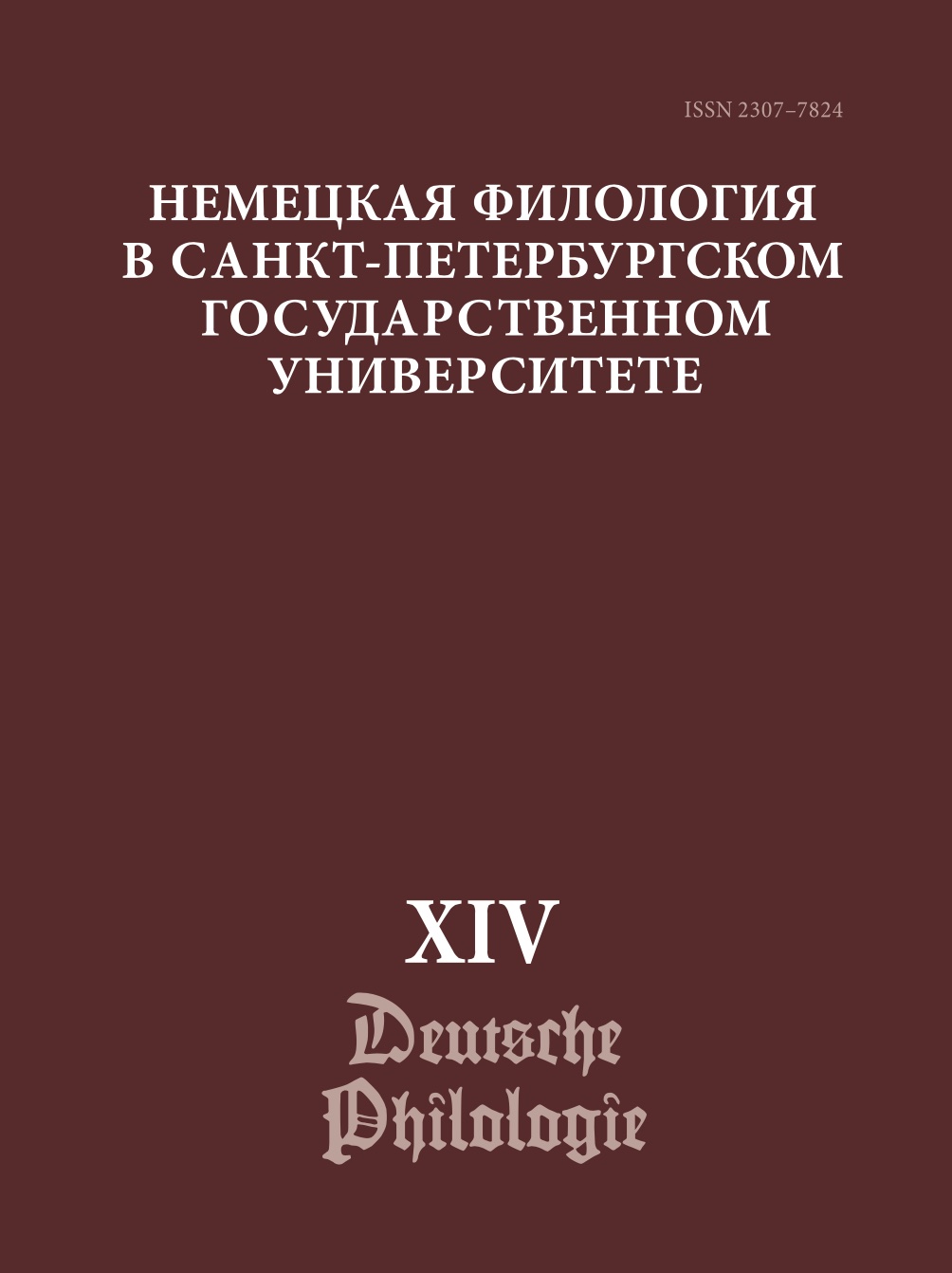ADDRESS IN THE COMMUNICATIVE PRACTICE OF THE REMOTE ERA: SOCIOLINGUISTIC ASPECT
DOI:
https://doi.org/10.21638/spbu33.2024.101Abstract
Address formulas are an important component of interactive interaction in communicative practices. Appeals reflect the socio-role relations of the participants in the communicative act, emphasizing equality or inequality of social status, age difference, trust, respect, degree of closeness of relationships, etc. At all times, address occupies an important place in a person’s verbal behavior and is determined by sociocultural and social stereotypes, customs and traditions, as well as the social status of communicants and their situational (within a given communicative situation) and social roles in society. Thus, the choice of address is associated with a specific situation and with the division of the social space of communication into role, status, indexical and evaluative components determined by the addressee to achieve his communicative goals. The dynamics of the development of forms of address is a significant source of information about the systems of perception and understanding of the world by a linguistic personality in a certain historical period and in a specific speech situation; in other words, addresses are pragmatically oriented linguistic units. The appeal is considered in the article primarily as a contact-establishing, appellative unit of communication that regulates dialogue with an evaluative and characterizing component. The analysis is based on addresses defined as socially marked indices of the late Middle Ages: proper names, “general” desemantized addresses Frau and Herr, address-nominations by type of activity, typical for the social-production relations of the era: Meister, Geselle, Knecht. A special place is given to the consideration of negative evaluative appeals, typical of the literary forms of the era, depicting scenes from peasant or urban life. The material for the analysis is the works of the 16th century, folk books or schwanks, demonstrating a variety of communicative practices in a diverse social environment: the schwanks of Hans Sachs (“Sämtliche Fabeln und Schwänke von Hans Sachs”) and the folk book about Till Ulenspiegel “Ein kurtzweiliges Lesen von Dil Ulenspiegel” (1515).
Keywords:
address, communicative practice, context, social status, index, regulative, assessment
Downloads
References
Литература
References
Downloads
Published
How to Cite
Issue
Section
License
Условия передачи авторских прав на статьи и рецензии, опубликованные в ежегодном периодическом издании «Немецкая филология» регулируются условиями Лицензионного Договора автора с Санкт-Петербургским государственным университетом. В соответствии с Лицензионным Договором опубликованные материалы находятся в открытом доступе, а авторам бесплатно предоставляется неограниченные возможности их распространения и самостоятельного архивирования.




